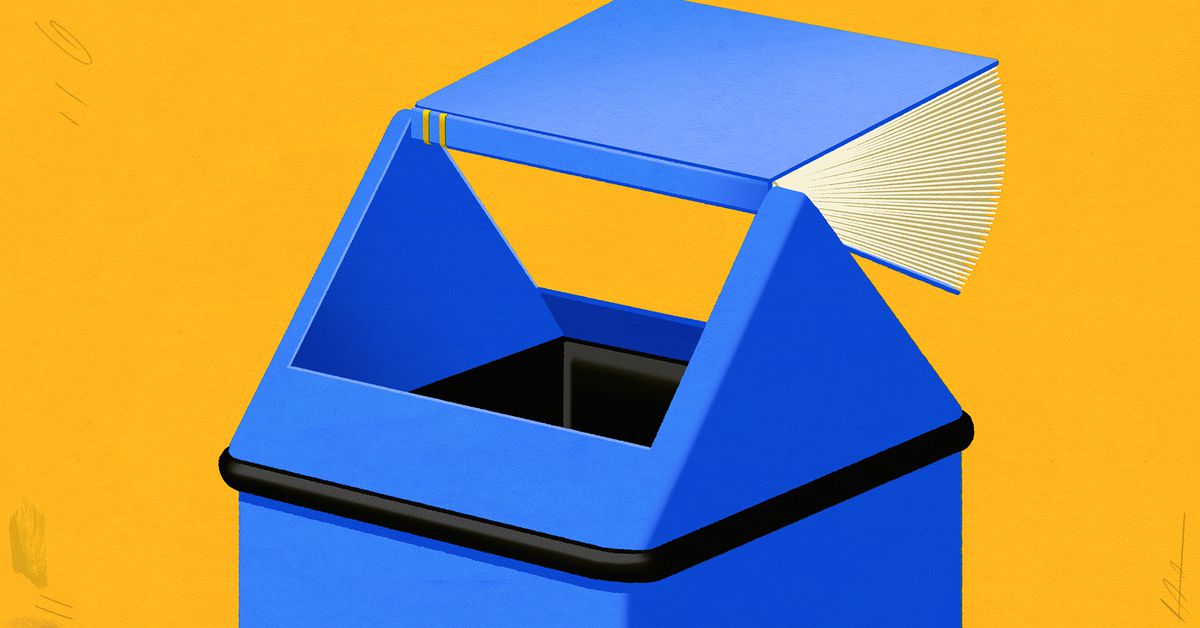Amazon is filled with garbage ebooks. Here’s how they get made.

🌈 Abstract
The article discusses the proliferation of low-quality, AI-generated ebooks on platforms like Amazon, and the underlying business model and incentives that have led to this problem. It examines the history of the "self-publishing grift" and the tactics used by companies like the Mikkelsen twins to mass-produce and promote these low-quality books.
🙋 Q&A
[01] The Proliferation of Low-Quality Ebooks
1. What are the key issues discussed regarding the proliferation of low-quality ebooks?
- The article describes how the current ebook and audiobook marketplaces are flooded with low-quality, AI-generated books that are optimized for search engine algorithms rather than providing meaningful content.
- These books often have bizarre, SEO-focused titles and are produced through a combination of AI and cheap ghostwriting, with the goal of gaming Amazon's algorithms to boost visibility and sales.
- The article argues that this has created a landscape where it is difficult for readers to find quality books and for authors to sell their genuine work.
2. What are the incentives that have led to this problem?
- The article states that the modern book-selling economy incentivizes writers to keep costs low, volume high, and to publish on platforms like Amazon, where the focus is on quick, single-click purchases rather than quality.
- This has created an environment where it is easy to exploit the system and produce low-quality, AI-generated books that can be quickly and cheaply produced and promoted.
3. How do companies like the Mikkelsen twins operate in this space?
- The article profiles the Mikkelsen twins, who run a course teaching students how to produce and sell low-quality ebooks without having to write the content themselves.
- Their method involves using AI to generate book outlines, hiring cheap ghostwriters to fill in the content, and then using tactics like review swapping and manipulation to boost the books' rankings on Amazon.
- The article describes this as an unethical and deceptive business model that exploits the incentives of the current ebook marketplace.
[02] The History of the "Self-Publishing Grift"
1. What is the history of the "self-publishing grift" described in the article?
- The article traces the origins of the self-publishing grift back to the early 2010s, when individuals like "Big Luca" were teaching students how to game the system and produce low-quality ebooks.
- This involved tactics like organizing review swaps and buying fake reviews to boost the books' rankings on Amazon.
- Over time, the grift has evolved, with the Mikkelsen twins and others using AI and other technologies to further automate and scale the production of these low-quality books.
2. How have the tactics and business models of the self-publishing grift changed over time?
- The article notes that in the early days of the self-publishing grift, there was more transparency, with bloggers openly discussing "white hat" and "black hat" tactics.
- However, as the industry has become more saturated, the tactics have become more deceptive, with companies like the Mikkelsens using sales pitches and upsells to extract money from students while providing little of value.
- The introduction of AI has also allowed for further automation and scaling of the production of low-quality books.
3. What is the impact of this self-publishing grift on the broader book industry and readers?
- The article argues that the self-publishing grift has created a landscape where it is difficult for readers to trust the quality of the books they are purchasing, and for genuine authors to sell their work.
- The incentives of the current book-selling economy have driven a race to the bottom, with the proliferation of low-quality, AI-generated books making it harder for readers to find meaningful content and for authors to make a living.